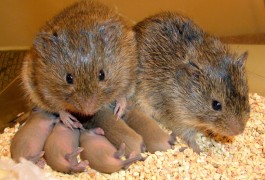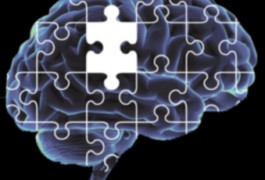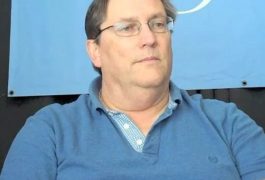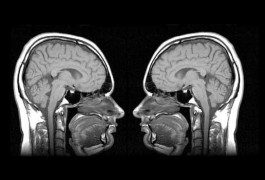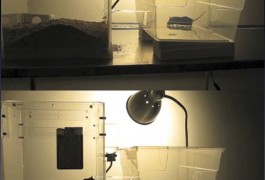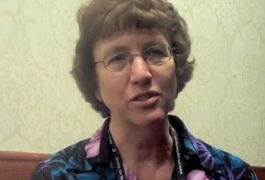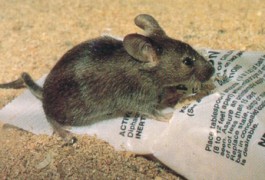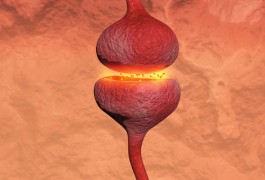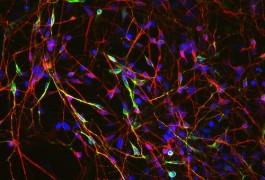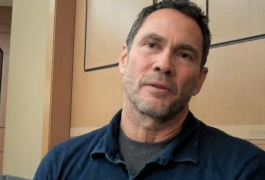Prairie vole study finds new drug that boosts oxytocin
A drug already in clinical trials as a tanning compound raises brain levels of oxytocin — a hormone and neurotransmitter involved in social bonding — researchers reported Sunday at the Society for Neuroscience annual meeting in San Diego. Higher levels of oxytocin can help animals recognize their mates and turn to a friend for help, according to two posters presented at the meeting.
